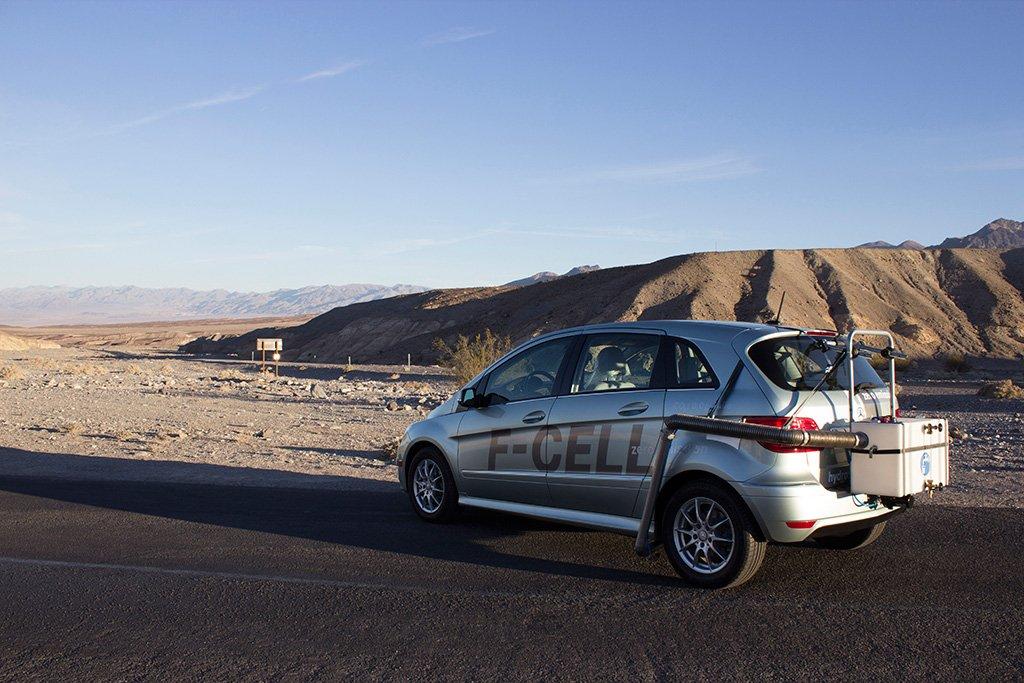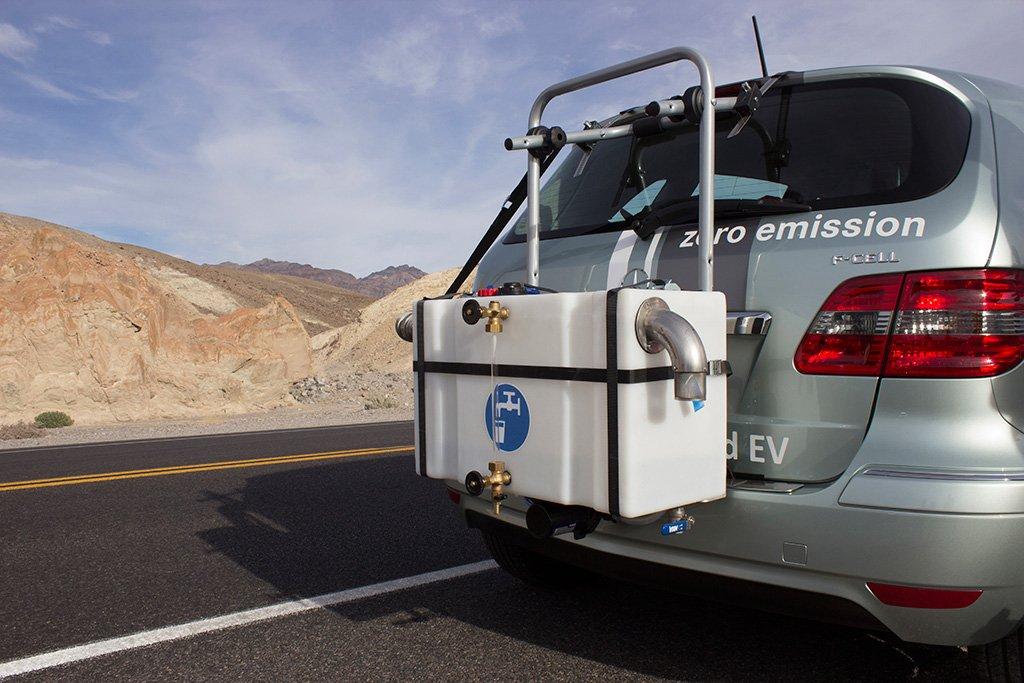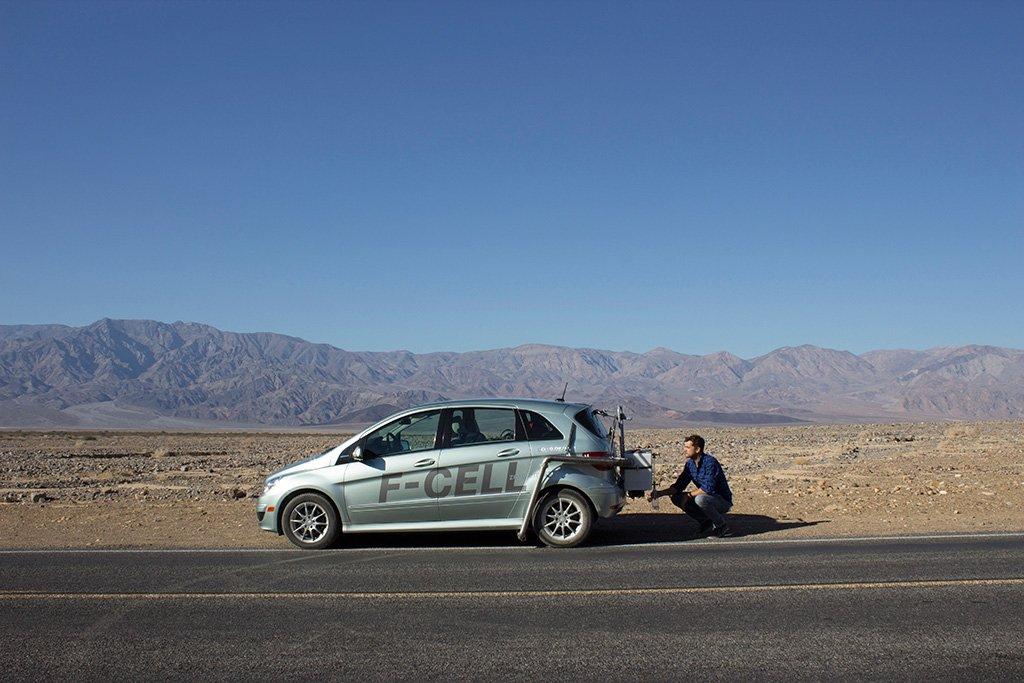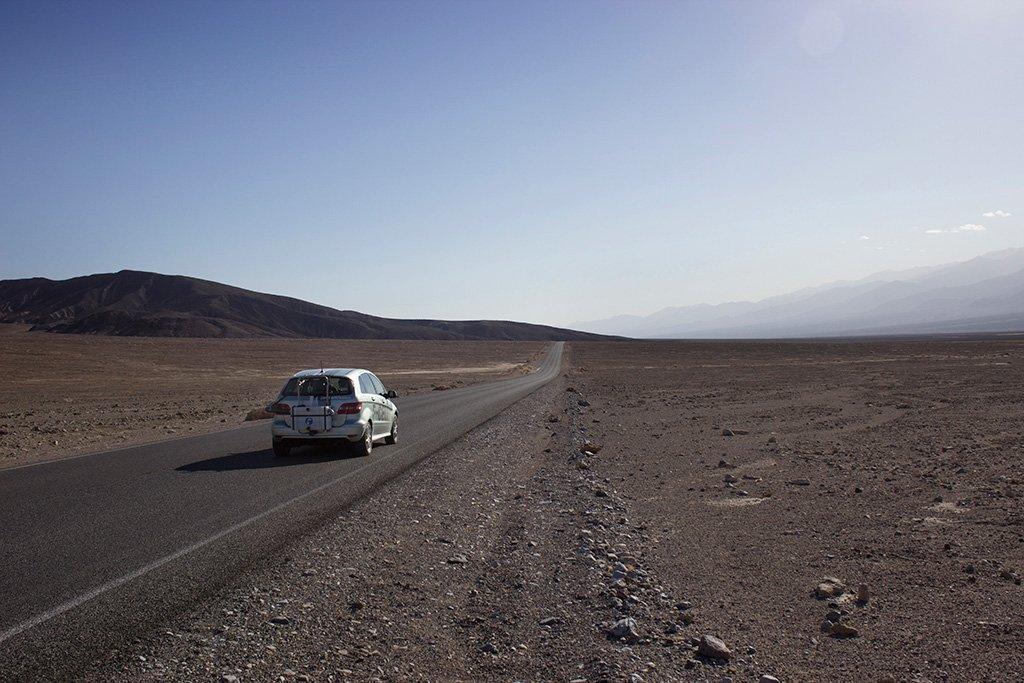Mercedes-Benz B-Class F-CELL runs on water alone
10 Mar 2014|8,135 views
The B-Class F-CELL is the first fuel cell electric vehicle from Mercedes-Benz to be built under series-production conditions. The electricity required for driving is generated on board the car in a chemical reaction between hydrogen and oxygen.
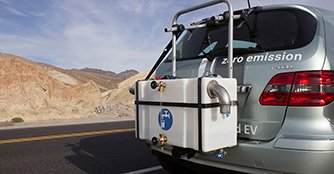
As well as almost 200 B-Class F-CELL, Daimler AG has brought 60 A-Class F‑CELL, three Sprinter vans and almost 60 buses with fleet tests into the market since 2001. Until now, more than 300 fuel cell vehicles have driven around nine million kilometres altogether, providing proof indeed of the unrestricted everyday viability and durability of fuel cell technology.
In early 2013, in a bid to speed up the widespread market availability of this emission-free technology and to reduce investment costs, Daimler, Ford and Nissan reached a cooperation agreement covering the joint development of a fuel cell system. The aim is to introduce a competitive fuel cell powered electric vehicle to market in 2017.
It is envisaged that significant further progress will have been made by then, in particular towards creating a sustainable infrastructure - not least as a result of Daimler's high level of involvement in various demonstration projects and within the framework of the H2 Mobility Initiative. This initiative has recently agreed to expand the current network of 15 filling stations in Germany's public hydrogen infrastructure to about 400 H2 filling stations by the year 2023. This means that an H2 supply suitable for everyday use shall be created not only for densely populated areas and main traffic areas, but also for rural areas.
The B-Class F-CELL is the first fuel cell electric vehicle from Mercedes-Benz to be built under series-production conditions. The electricity required for driving is generated on board the car in a chemical reaction between hydrogen and oxygen.
During the Mercedes-Benz F-CELL World Drive of 2011, three B-Class F-CELL vehicles took 125 days to drive 30,000 kilometres through 14 countries on four continents, in a convincing demonstration of the everyday viability of this technology.
As well as almost 200 B-Class F-CELL, Daimler AG has brought 60 A-Class F‑CELL, three Sprinter vans and almost 60 buses with fleet tests into the market since 2001. Until now, more than 300 fuel cell vehicles have driven around nine million kilometres altogether, providing proof indeed of the unrestricted everyday viability and durability of fuel cell technology.
In early 2013, in a bid to speed up the widespread market availability of this emission-free technology and to reduce investment costs, Daimler, Ford and Nissan reached a cooperation agreement covering the joint development of a fuel cell system. The aim is to introduce a competitive fuel cell powered electric vehicle to market in 2017.
It is envisaged that significant further progress will have been made by then, in particular towards creating a sustainable infrastructure - not least as a result of Daimler's high level of involvement in various demonstration projects and within the framework of the H2 Mobility Initiative. This initiative has recently agreed to expand the current network of 15 filling stations in Germany's public hydrogen infrastructure to about 400 H2 filling stations by the year 2023. This means that an H2 supply suitable for everyday use shall be created not only for densely populated areas and main traffic areas, but also for rural areas.
Latest COE Prices
July 2025 | 2nd BIDDING
NEXT TENDER: 06 Aug 2025
CAT A$101,102
CAT B$119,101
CAT C$68,600
CAT E$120,000
View Full Results Thank You For Your Subscription.
